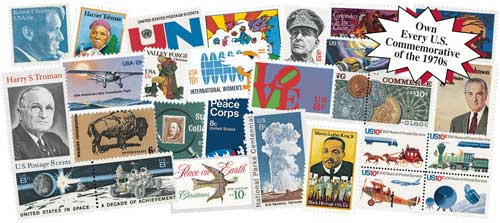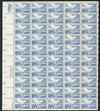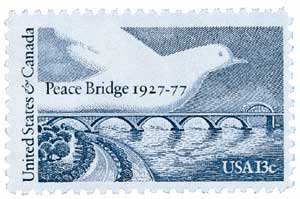
1977 13c Peace Bridge
# 1721 - 1977 13c Peace Bridge
$0.35 - $32.50
U.S. #1721
1977 13¢ Peace Bridge
Issue Date: August 4, 1977
City: Buffalo, NY
Quantity: 163,625,000
Printed By: Bureau of Engraving and Printing
Printing Method: Engraved
Perforations: 11 x 10½
Color: Blue
The 50th anniversary of the Peace Bridge is commemorated on this 1977 issue.
Dedication Of The Peace Bridge
U.S. #1721
1977 13¢ Peace Bridge
Issue Date: August 4, 1977
City: Buffalo, NY
Quantity: 163,625,000
Printed By: Bureau of Engraving and Printing
Printing Method: Engraved
Perforations: 11 x 10½
Color: Blue
The 50th anniversary of the Peace Bridge is commemorated on this 1977 issue.
Dedication Of The Peace Bridge












